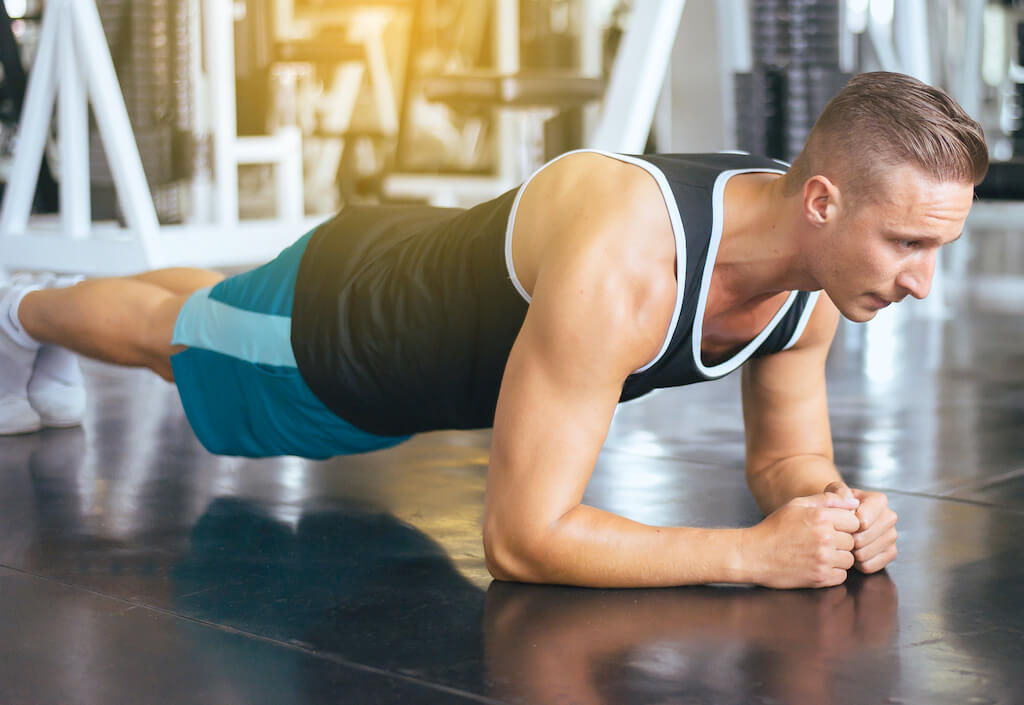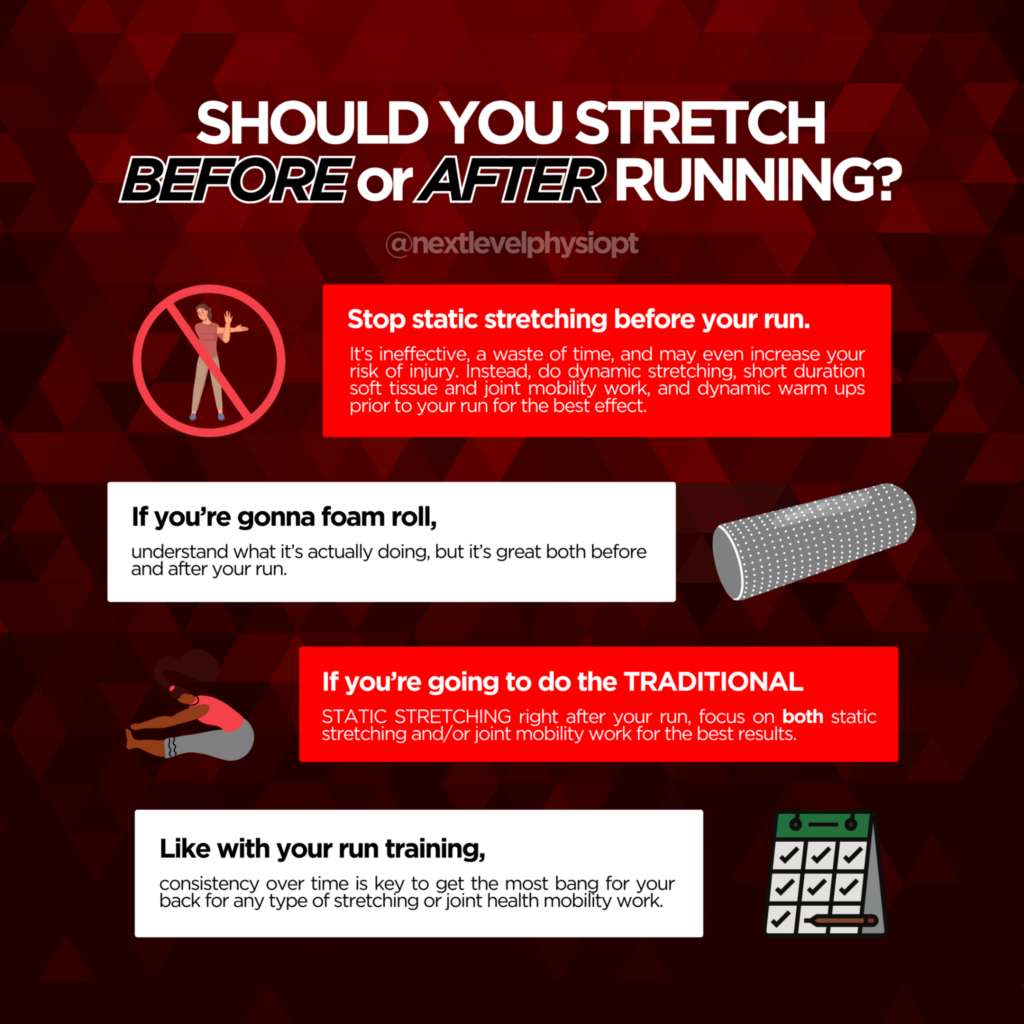The debate over the best time to stretch for runners is ongoing. Should it be before or after your run? Understanding the impact of stretching on your running routine is crucial. In this article, we delve into the science behind stretching and offer insights to enhance your running performance.

Stretching Before Your Run: A Misconception?
For years, stretching before a run has been a common practice. However, recent research challenges this norm. Studies indicate that traditional stretching prior to running may not prevent injuries or improve flexibility, and in some cases, it might even increase the risk of injury. This revelation suggests that the time spent stretching calves, quads, and hamstrings before hitting the track might not be as beneficial as once thought.
The Role of Dynamic Stretching
Dynamic stretching, involving active movements, is emerging as a superior method. Exercises like calf walks in a plank position not only reduce injury risk but also enhance mobility in a shorter duration. At Next Level Physio, we recommend dynamic stretching before a run to warm up the muscles effectively and prepare them for the physical activity ahead.
Post-Run Stretching: The Ideal Practice
Contrary to pre-run stretching, indulging in post-run stretches can be advantageous. Stretching after a run may help alleviate muscle soreness and stiffness. However, the technique and duration are key. Static stretches, where a position is held for a period, should be maintained for at least two minutes for actual mobility gains. This method helps the muscle fibers to release tension effectively.
Foam Rolling: More Than Just Loosening Knots
Foam rolling is often misunderstood as a tool to loosen up tight muscles. In reality, its primary benefit is to relax the tension caused by the central nervous system. When you foam roll, you're essentially signaling your brain to reduce the tightness in the muscles, contributing to overall muscle relaxation.
Joint Mobility Drills: The Unsung Heroes
In addition to stretching, joint mobility drills are crucial for runners. These drills involve challenging the joints to contract and relax at different ranges, facilitating greater motion range. It's not just the physical stress on the tissues; it's about allowing your brain to relax its hold, leading to improved flexibility and performance.
Unlock the Secrets of Effective Stretching and Mobility for Runners with Next Level Physio

Both stretching and joint mobility are essential components of a runner's routine. The key is to find the right balance and technique – dynamic stretches before a run and static stretches afterward. For personalized advice and assessments tailored to your needs as a runner, Next Level Physio offers specialized services. Contact us today to enhance your running experience, ensuring smooth, enjoyable, and injury-free runs.
Interested in optimizing your running routine with expert guidance? Schedule your free running physio assessment at Next Level Physio and discover the best hip and knee mobility drills for your running needs. Let's work together for your long-term running health and performance.